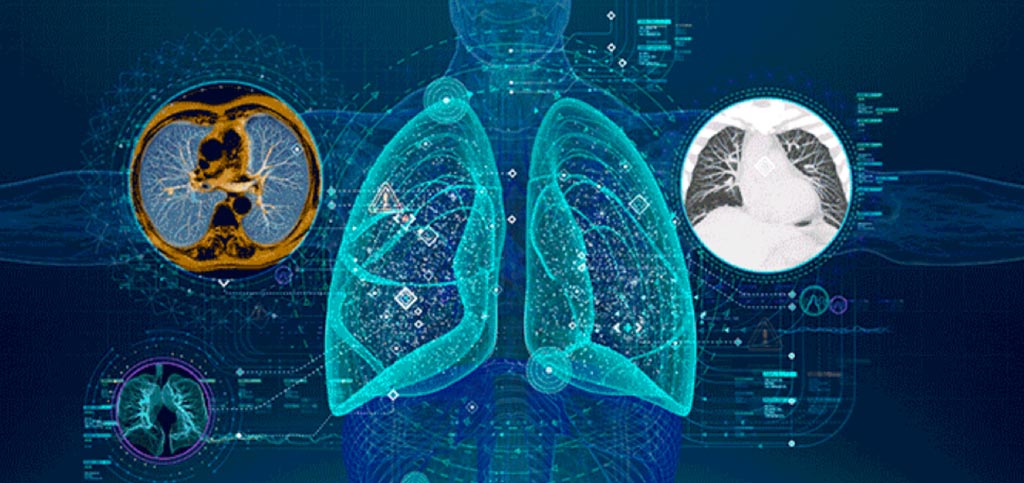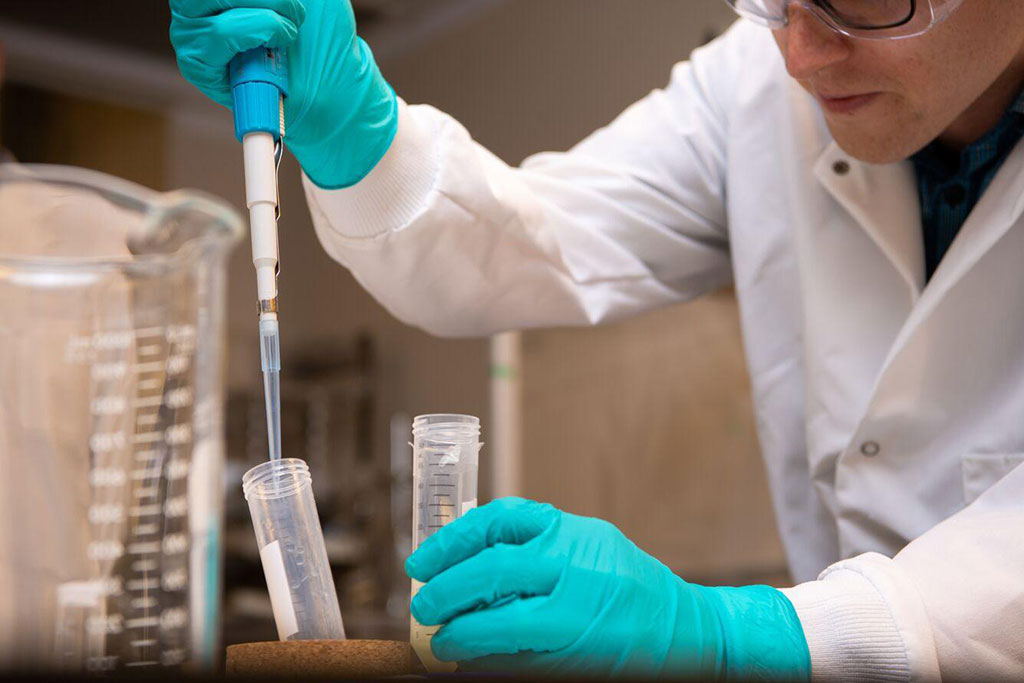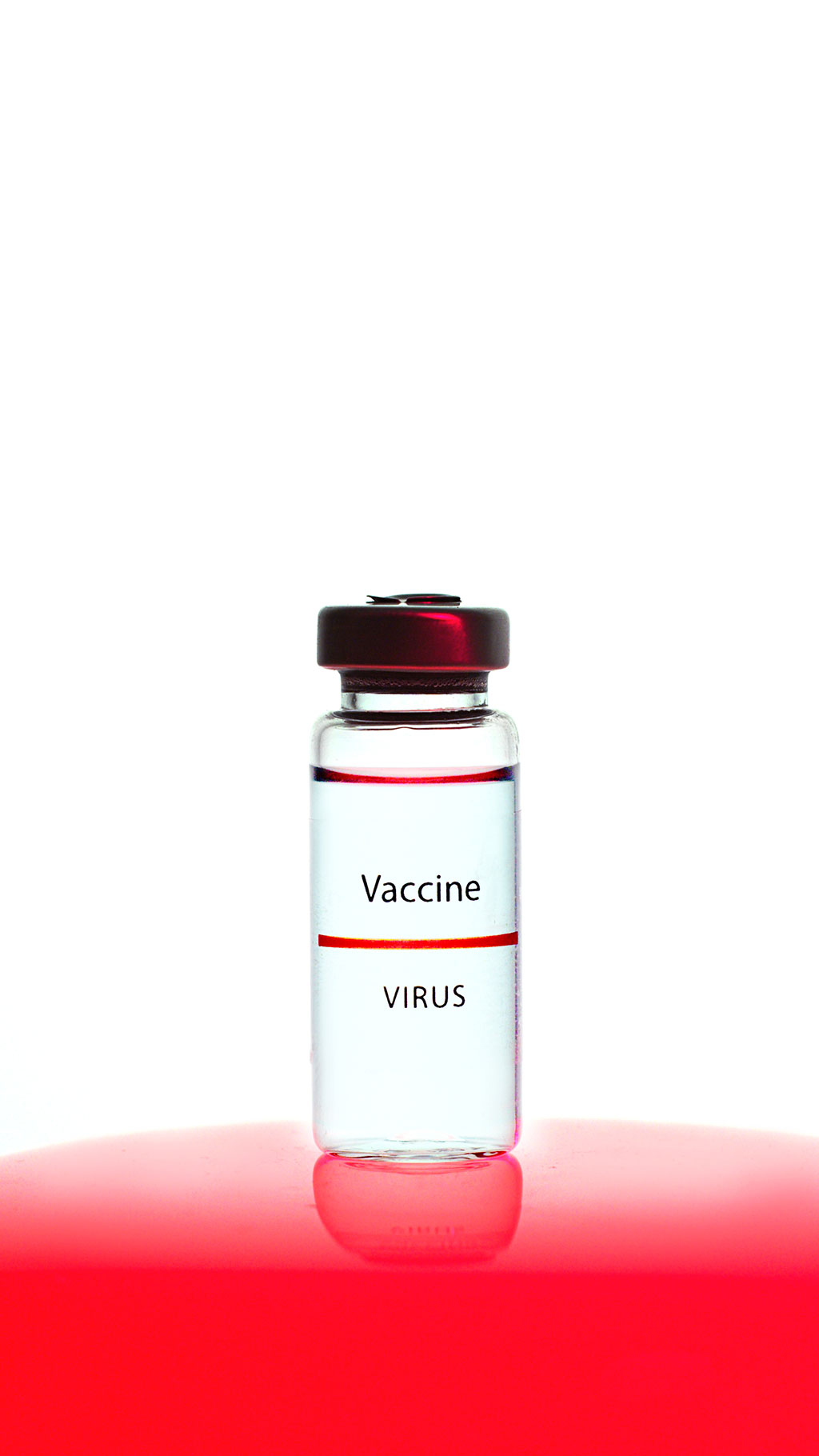Automated CT Image-Based AI Model Predicts Disease Progression and Mortality in COVID-19 Patients
By HospiMedica International staff writers
Posted on 03 May 2021
Researchers have developed an automated image-based survival prediction model based on deep learning of chest computed tomography (CT) images for fast and accurate clinical assessment of COVID-19 progression and mortality.Posted on 03 May 2021
In an evaluation of the model, called U-survival, developed by researchers at Brigham and Women’s Hospital (Boston, MA, USA), the results indicated that it can be used to provide automated and objective prognostic predictions for the management of COVID-19 patients.

Illustration
Chest imaging can help clinicians to decide whether to admit or discharge patients with mild COVID-19 symptoms, whether to admit patients with moderate-to-severe COVID-19 symptoms to a regular ward or an intensive care unit (ICU), and to provide information about therapeutic management of hospitalized patients with moderate-to-severe COVID-19 symptoms. CT is the most sensitive chest imaging method for COVID-19.
The U-survival model integrates the image information extracted by deep learning (U-Net) directly into a Cox proportional hazards model with an elastic-net penalty (elastic-net Cox model) for performing the prognostic prediction of patients with COVID-19. After training the U-Net to perform semantic segmentation of the lung tissue patterns of chest CT images, the researchers subjected the bottleneck section of the U-Net to an elastic-net Cox model that automatically selects a sparse subset of features to build an optimal survival model for the input data. Their approach was inspired by radiomics in the sense that the researchers used an elastic-net penalty to construct a deep radiomic signature for survival analysis from a large number of features that are extracted from the images internally by the U-Net.
The researchers showed that deep learning of chest CT images can be used as an integral part of an automated image-based survival prediction model based on traditional survival analysis methodology. This made it possible to obtain complete survival information that was not available with previously proposed prediction models. In their evaluation of 383 COVID-19 positive patients from two hospitals, the U-survival model significantly outperformed existing laboratory tests and image-based visual and quantitative predictors in the prediction of the disease progression and mortality of COVID-19 patients. The results indicate that the U-survival model can be used to provide automated and objective prognostic predictions for the management of COVID-19 patients.
Related Links:
Brigham and Women’s Hospital














